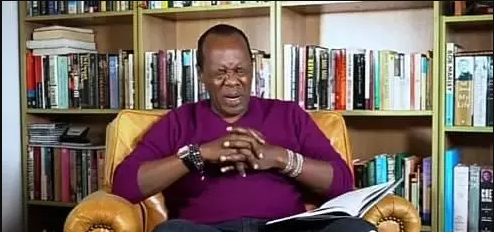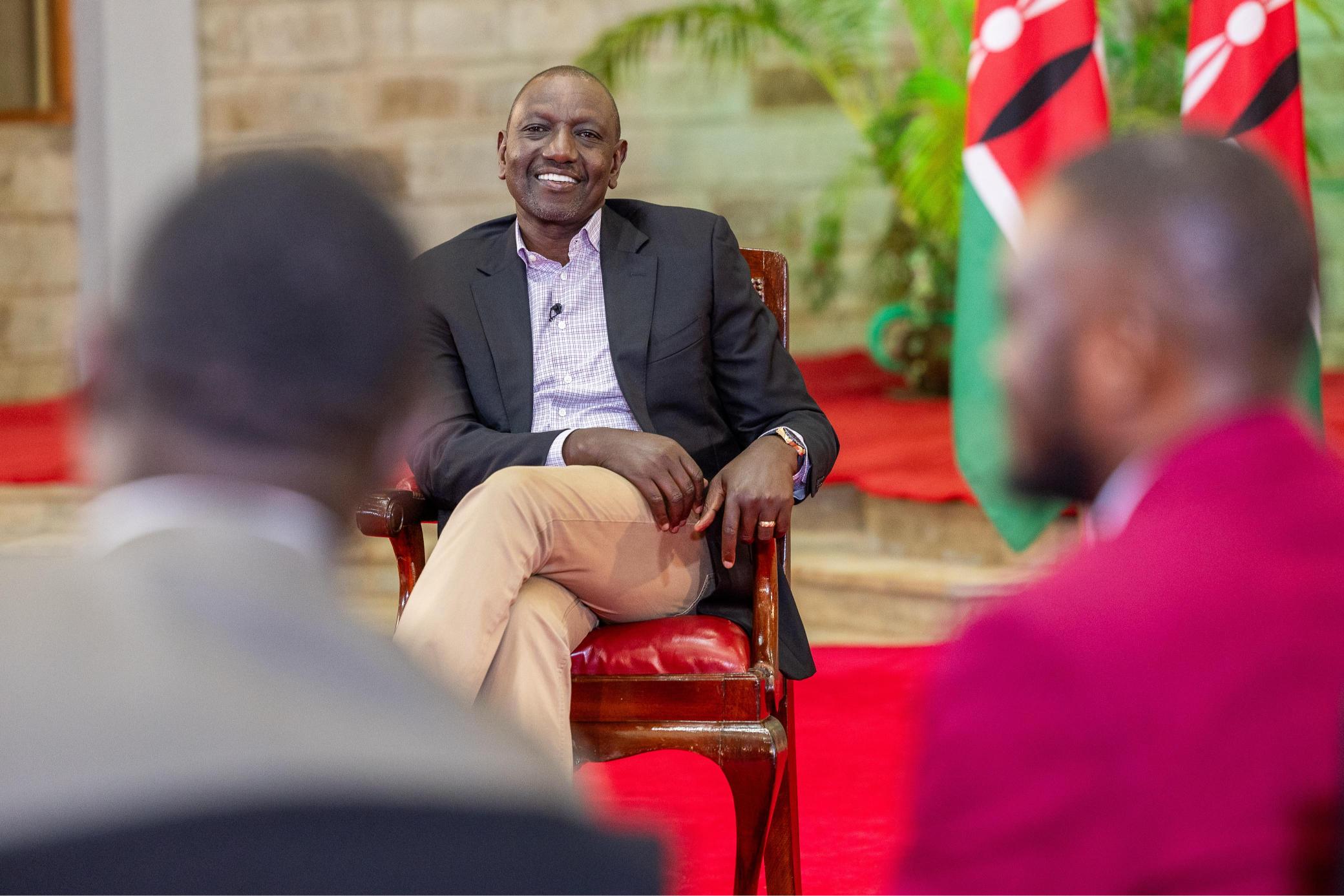Leadership: The Achilles Heel of Social Change
Traditional models of social movements often revolve around charismatic figures – the Martin Luther Kings, the Nelson Mandelas. Their undeniable power to inspire and galvanize masses is undeniable. Yet, an emerging counter-narrative suggests that perhaps the most effective movements are those that eschew leadership altogether. This is what the Gen Zs in Kenya are trying to achieve.
The Tyranny of the Singular Voice
History is replete with examples of movements derailed or co-opted by the ambitions of their leaders. A single point of failure, be it imprisonment, assassination, or simply a loss of moral compass, can cripple an entire cause. Moreover, leadership can stifle dissent, homogenize perspectives, and ultimately, diminish the authenticity of the movement’s message.
Distributed Power, Distributed Risk
Leaderless movements, on the other hand, distribute power across a network of autonomous cells. This decentralized structure is remarkably resilient. If one cell is compromised, the movement as a whole is not fatally wounded. It also fosters a diversity of tactics and strategies, increasing the likelihood of finding approaches that resonate with the public and confound opposition.
Empowerment from Within
In a leaderless movement, agency rests with the individual participants. This fosters a sense of ownership and commitment that is difficult to replicate in hierarchical structures. People are more likely to take risks, make sacrifices, and think creatively when they feel they have a genuine stake in the outcome.
The Illusion of Control
While the idea of a leaderless movement might seem chaotic or disorganized, it often masks a sophisticated level of coordination and strategy. Information can flow freely, ideas can be shared rapidly, and decisions can be made with remarkable speed. This agility can be a decisive advantage in the fast-paced world of social activism.
A Word of Caution
It’s important to note that leaderless movements are not inherently superior to those with leadership. There are contexts where a strong, unifying voice is essential. However, as the world becomes increasingly complex and interconnected, the limitations of traditional leadership models become more apparent.
In Conclusion
Leaderless movements offer a compelling alternative to the top-down approach that has dominated social change for centuries. By prioritizing decentralization, empowerment, and resilience, they have the potential to reshape the very fabric of our societies. As we grapple with the urgent challenges of our time, it is imperative that we explore new and innovative ways of organizing for collective action. Perhaps the future of social change in Kenya lies not in the hands of a few, but in the collective power of the many.









